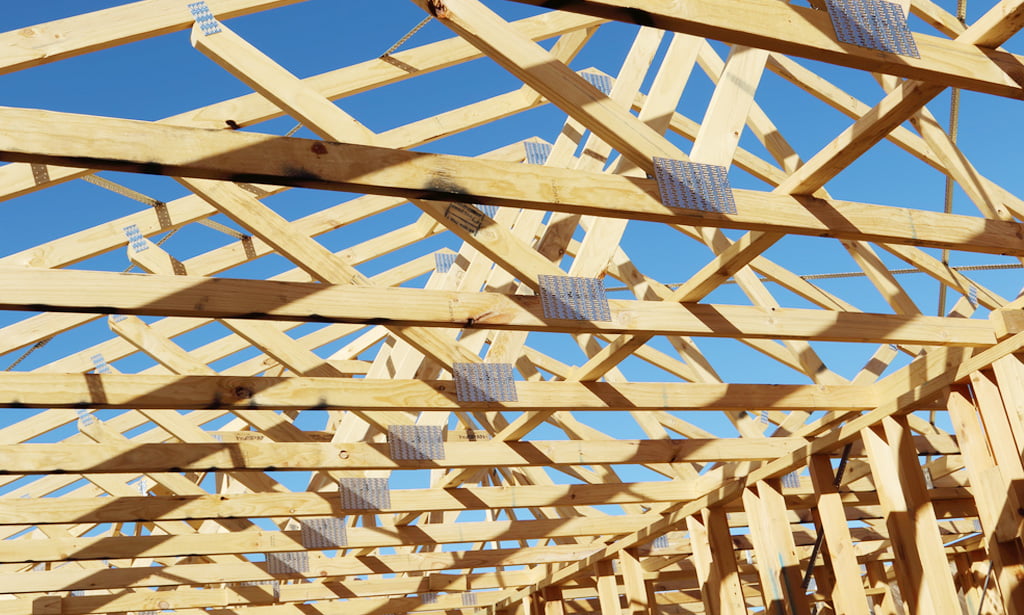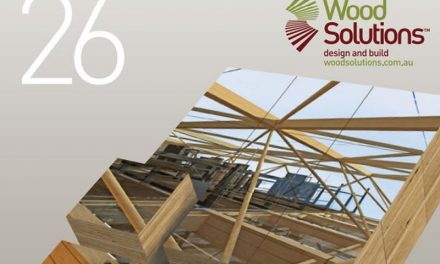But why is temporary bracing so important, you ask? For two simple reasons:
STRENGTH
Trusses must be straight and plumb to be structurally strong. If they are installed in a crooked manner, they begin to lose strength and stiffness very quickly and the result will be a disappointing finish.
Before the roof and ceiling are laid, the trusses must be fully secured with adequate restraints and bracing so that they remain straight and true throughout the construction process and beyond.
Storms and workers on the roof can easily push inadequately restrained roof trusses out of alignment, so it is very important that temporary bracing follows the requirements of AS 4440 to prevent this from happening.
SAFETY
Roof trusses are typically installed at heights in excess of 2 m above ground which is an environment whereby a worker could sustain a serious injury from a fall. Properly installed temporary bracing dramatically increases the stability of the erected trusses and provides workers with a stiff platform to work from.
Right from the first truss, each and every subsequent truss must also be safely secured before continuing. Preventing a roof collapse during erection is simply compulsory.
Here is a brief summary of the main important points to remember. They come from AS 4440 and the Code of Practice for Preventing Falls in Housing Construction produced by Safe Work Australia.
DOS
Prior to putting up trusses, make sure the wall frames below are adequately braced in and out of plane and stable.
Temporarily brace the first truss back to the ground, plumb, straight and in the correct position.
Brace each successive truss back to the first truss with TrussSpacers. Alternatively, use a gauging rod to accurately space them and install continuous temporary ties to secure the trusses.
The minimum sizes of temporary ties are shown below in Table 1.
Temporary tie spacing must not exceed 3 m along the top chord and 4 m along the bottom chord (which reduces to 3 m if it is expected to support the weight of an installer).
It is common to install temporary ties on top of the top and bottom chords but installing on their underside is also acceptable.
Install the diagonal bracing as each bay of trusses allows.
DON’TS
The top plates of walls are not for standing on to receive trusses passed up from below.
Trusses are not for standing on until they are fully restrained and braced according to instructions.
Solid blocking, nogging or short trimmers between trusses are not a substitute for continuous temporary ties or TrussSpacers because they are not effective in tension. Trusses have been known to unravel and come apart when nogging is used.
Do not install large numbers of trusses without installing diagonal bracing along the way as the temporary bracing of the first truss to the ground may not be able to support so many trusses.
Leave the temporary bracing in place after completion unless it is obstructing progress.
Visit mitek.com.au for all guidelines.










